13 Wild Animals in Tunisia [Wildlife in Tunisia]
Want to know more about the wildlife in Tunisia?
Discover 13 wild animals in Tunisia in this post, as well as interesting facts about them. 🇹🇳
Learn All About Tunisian Animals
Ready to learn all about Tunisian animals?
I’ve always been fascinated by animals, and by how they can be so different from one country to another. In this guide, we’ll focus on the many animals Tunisia has on the land, in the sky, and underwater.
I’ve split the guide into 4 categories:
- Native animals from Tunisia
- Endangered animals of Tunisia
- What is the national animal of Tunisia?
- How many animals native to Tunisia?
Let’s dive in right away with our first category!
Native Animals from Tunisia
Tunisia is an African country located in the northern part of the continent, north of the Sahara. It is the northernmost country in all of Africa, the smallest country in North Africa, is named after its capital city, and used to be a French colony. It is bordered by Algeria and Libya, and its capital and largest city is Tunis, which counts more than 638,000 inhabitants (but more than 2,869,000 if you include the metropolitan area).
An interesting part of the country that I wanted to tackle is its wildlife. In light of that, I have listed the best of it, and I hope you will love learning what animals live in Tunisia.
Here’s the Tunisia animals list.
1. Dama gazelle
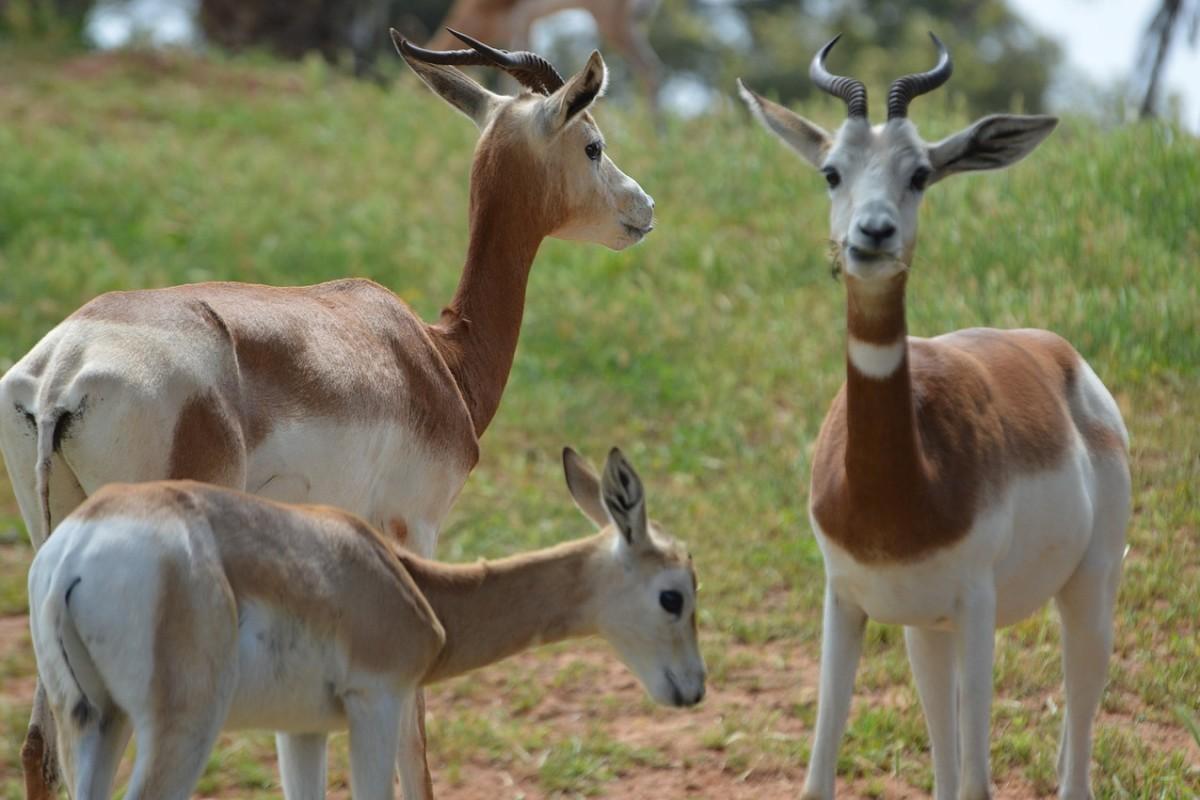
- Name: Dama gazelle
- Scientific name: Nanger dama
- Conservation status:
The dama gazelle, also known as the mhorr gazelle or the addra gazelle, is a critically endangered species of gazelle native to the Sahel and the Sahara Desert in Africa. Because of habitat loss and overhunting, it has disappeared from much of its former range, and it can now mainly be found in Mali, Niger, and Chad.
This gazelle inhabits the grasslands, mountain plateaus, and semi-deserts of Tunisia.
2. Addax
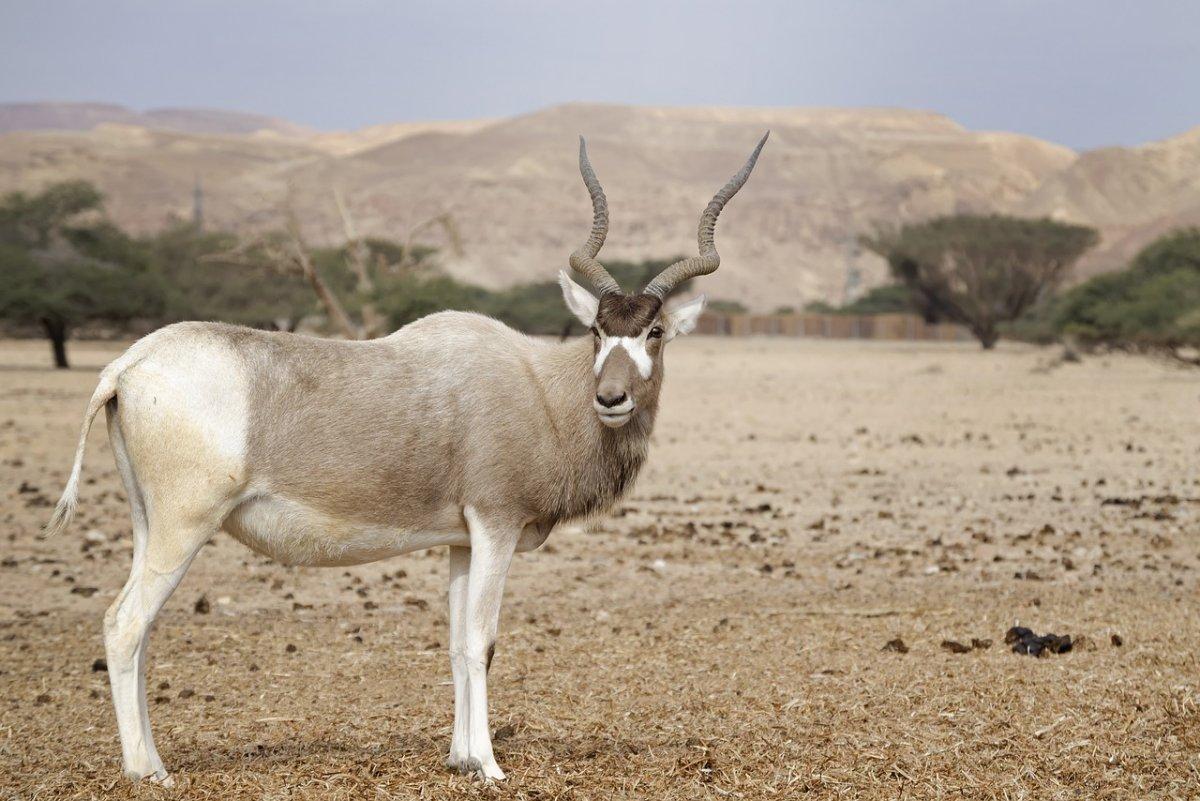
- Name: Addax
- Scientific name: Addax nasomaculatus
- Conservation status:
The addax, also known as the screwhorn antelope or the white antelope, is yet another species of antelope found in Tunisia, and it is also on the verge of extinction. Because of unregulated hunting, it is now incredibly rare in its natural habitat but is thankfully very widespread in captivity.
This antelope has been reintroduced to Tunisia (in Bou-Hedma National Park and Jebil National Park) and Morocco after being extirpated, and it is legally protected in the country.
3. Fennec fox
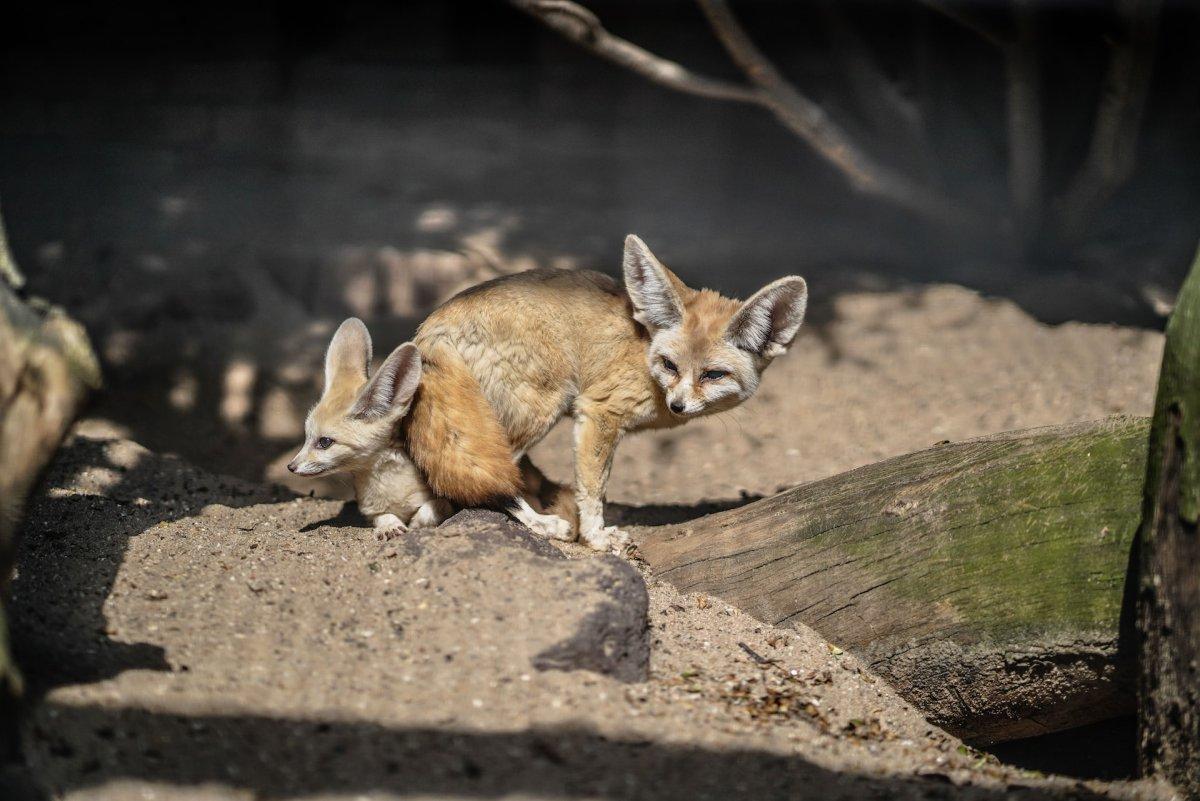
- Name: Fennec fox
- Scientific name: Vulpes zerda
- Conservation status:
The fennec fox is a small species of fox native to the deserts of North Africa. It is characterized by its unusually large ears, used for thermoregulation in one of the most extreme environments of the planet: the Sahara Desert.
This fox finds its prey by listening to its movement. It can survive in very hot temperatures with little water and primarily feeds on small mammals, birds, and insects.
4. Barbary stag
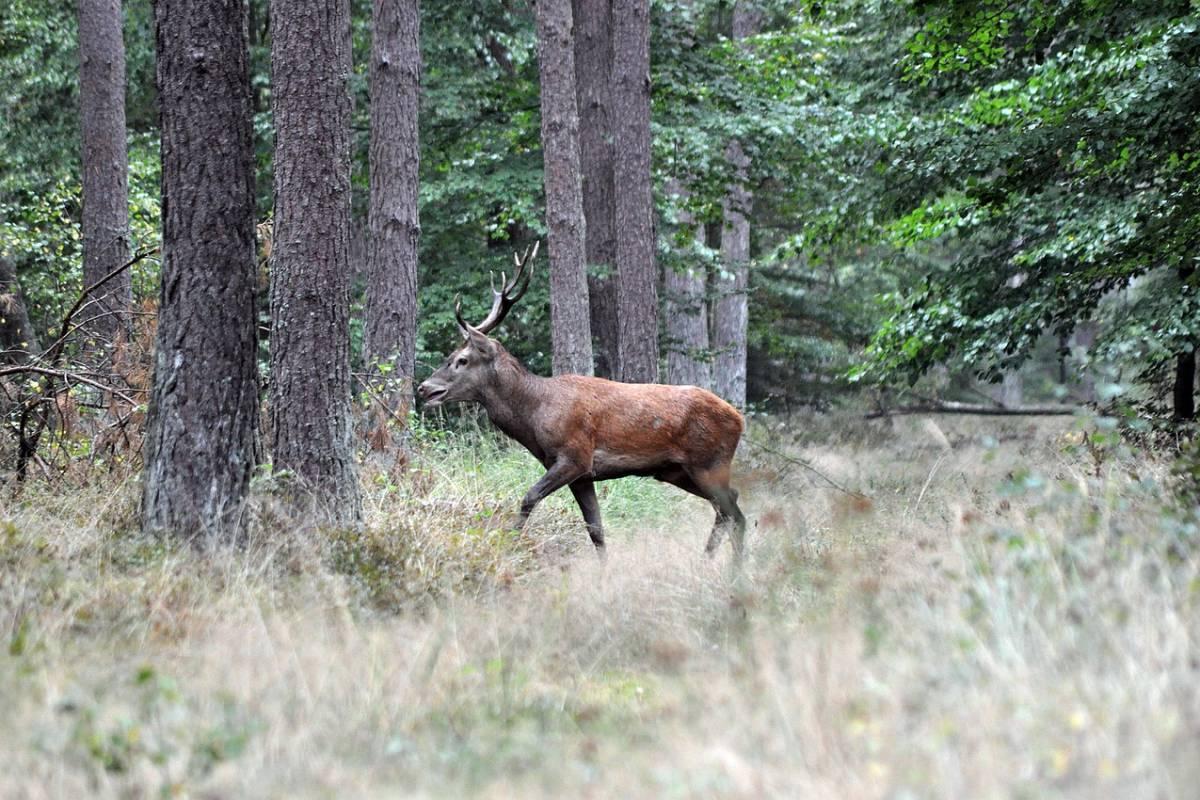
- Name: Barbary stag
- Scientific name: Cervus elaphus barbarus
- Conservation status:
The Barbary stag, also known as the African elk or the Atlas deer, is a subspecies of red deer native to North Africa. It is the only surviving deer native to the continent, the other one having disappeared about 6,000 years ago.
This deer inhabits the dense, humid forests of Tunisia, Morocco, and Algeria, and after being hunted to extinction in Morocco, it has been reintroduced in the country during the 1990s thanks to Tunisian specimens.
5. Serval
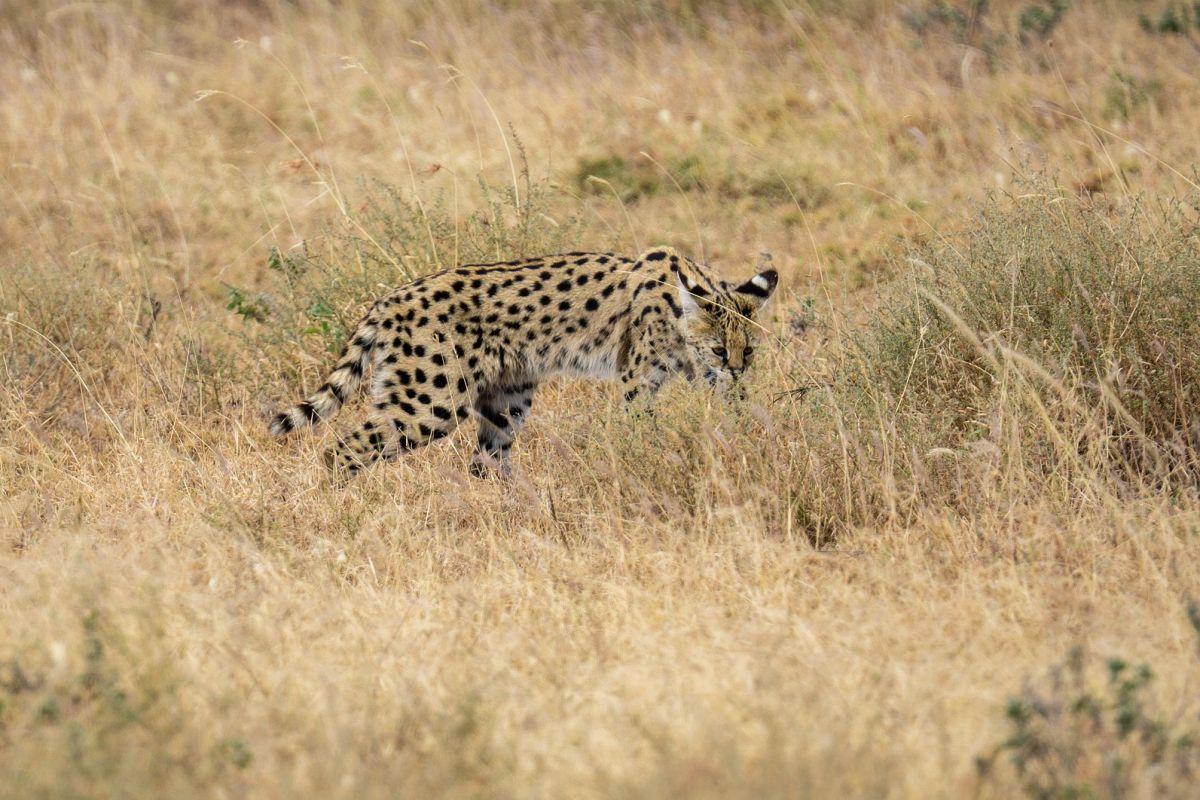
- Name: Serval
- Scientific name: Leptailurus serval
- Conservation status:
Although mostly living throughout sub-Saharan Africa, the serval has been reintroduced to Tunisia. Now, it is forbidden to hunt it within the country, which was the reason for its extinction; in neighboring Algeria, it is most likely already extinct.
The serval is a medium-sized species of wild cat native to Africa. Thanks to its wide distribution and the fact that it mostly lives in protected areas throughout its range, it is listed as least concern.
6. African wolf
- Name: African wolf
- Scientific name: Canis lupaster
- Conservation status:
The African wolf, also known as the African golden wolf, is a species of canine native to North and West Africa, northern East Africa, the Horn of Africa, and the Sahel. It is a carnivorous predator which feeds on invertebrates and mammals as big as gazelle fawns.
This wolf plays a very important role in all of the North African cultures, where it is seen as untrustworthy. Because of this, its body parts have been used for ritualistic and medicinal purposes.
7. Rough-toothed dolphin
- Name: Rough-toothed dolphin
- Scientific name: Steno bredanensis
- Conservation status:
Because Tunisia has access to the Mediterranean Sea, it also boasts fantastic marine wildlife such as the rough-toothed dolphin, a species of dolphin found in deep tropical and warm waters of the world.
This dolphin is social and gathers in groups of around 10 to 20 members. Contrary to most other dolphin species, it does not bow-ride very often. Surprisingly enough, this dolphin is not threatened by human activities so far.
8. Tawny eagle
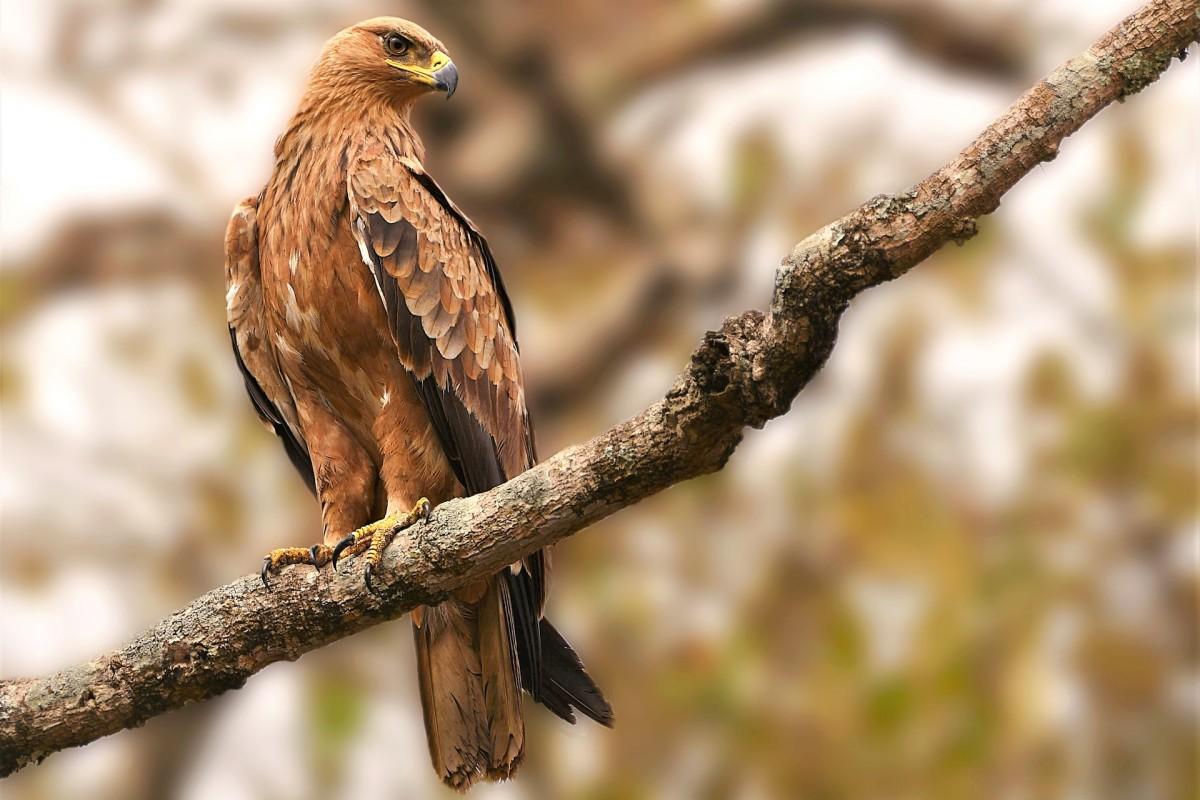
- Name: Tawny eagle
- Scientific name: Aquila rapax
- Conservation status:
The tawny eagle is a large species of bird of prey native to North Africa, sub-Saharan Africa, the southwesternmost parts of the Arabian Peninsula, and the Indian subcontinent. It is part of the booted eagles family and inhabits the semi-deserts, savanna plains, and desert steppes of Tunisia.
This eagle is highly opportunistic, and often feeds on carrion; besides, it does not hesitate to engage in kleptoparasitism, stealing other animals’ catch.
9. Cape hare
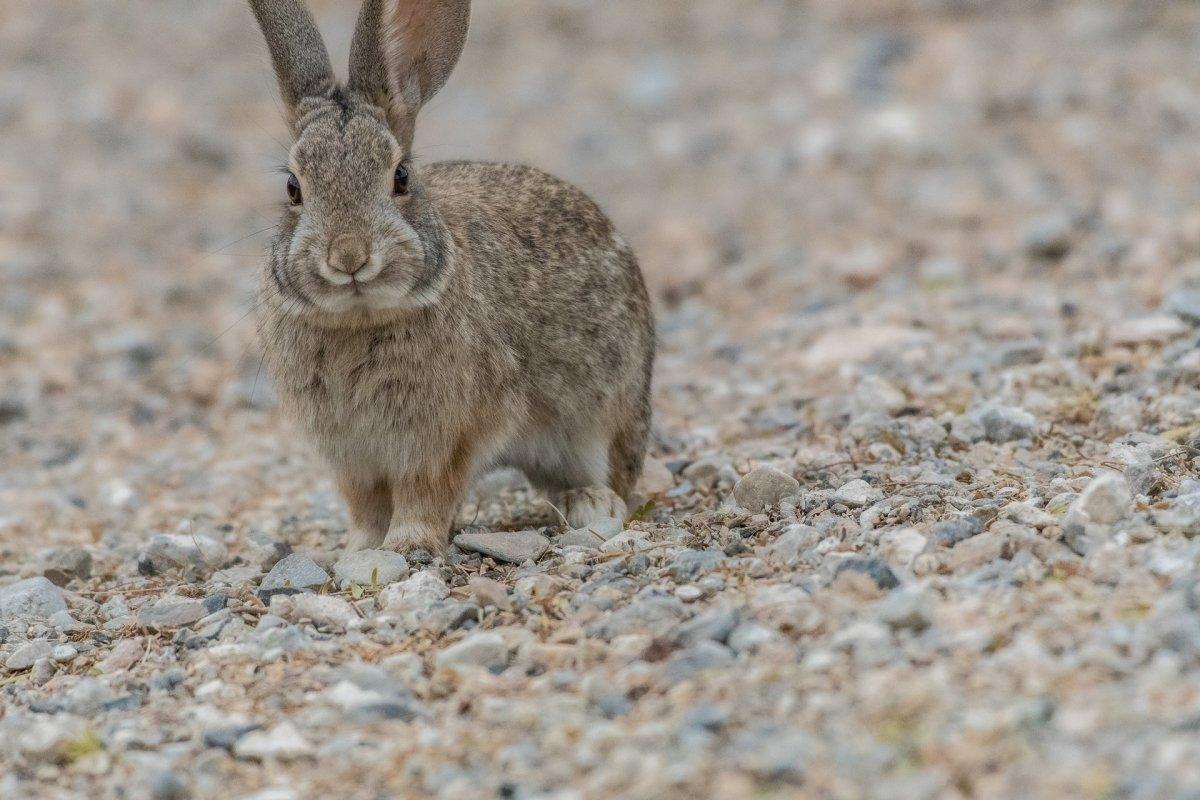
- Name: Cape hare
- Scientific name: Lepus capensis
- Conservation status:
The Cape hare, also known as the desert hare, is a species of hare native to Arabia and Africa, and as far as India. It has a white ring around the eye, and, unusually for a mammal, females are larger than males.
This hare inhabits grasslands, bushveld, deserts, and semi-desert areas, and is a nocturnal herbivore that feeds on shrubs and grasses. It runs incredibly fast, and can only be outsped by one of its natural predators, the cheetah.
10. Common gundi
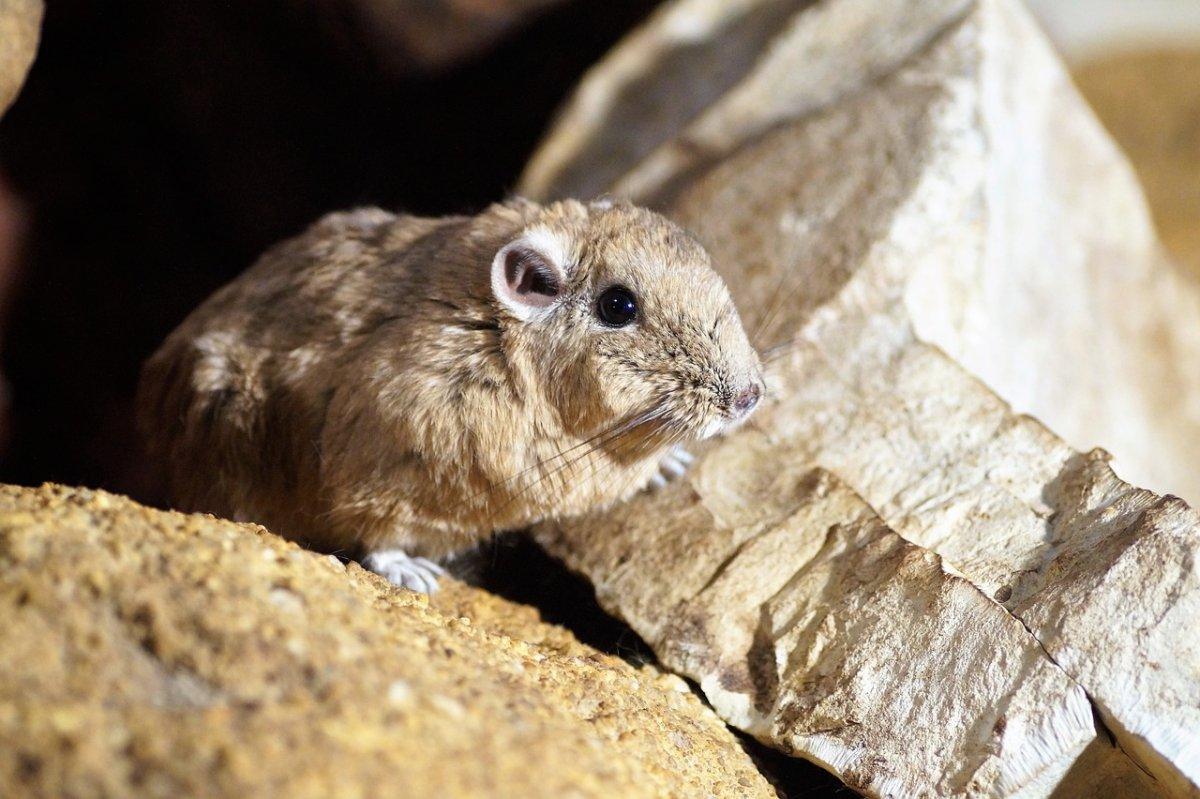
- Name: Common gundi
- Scientific name: Ctenodactylus gundi
- Conservation status:
The common gundi is a peculiar species of rodent native to Tunisia, Libya, Algeria, and Morocco, in a range forming a narrow strip across these 4 countries. It can be found at altitudes of up to 2,900 m / 9,500 ft, and is both diurnal and herbivorous.
This rodent particularly suffers from parasites, especially in southeastern Tunisia. These parasites cause skin diseases, and the common gundi is one of their natural reservoirs.
11. North African elephant shrew
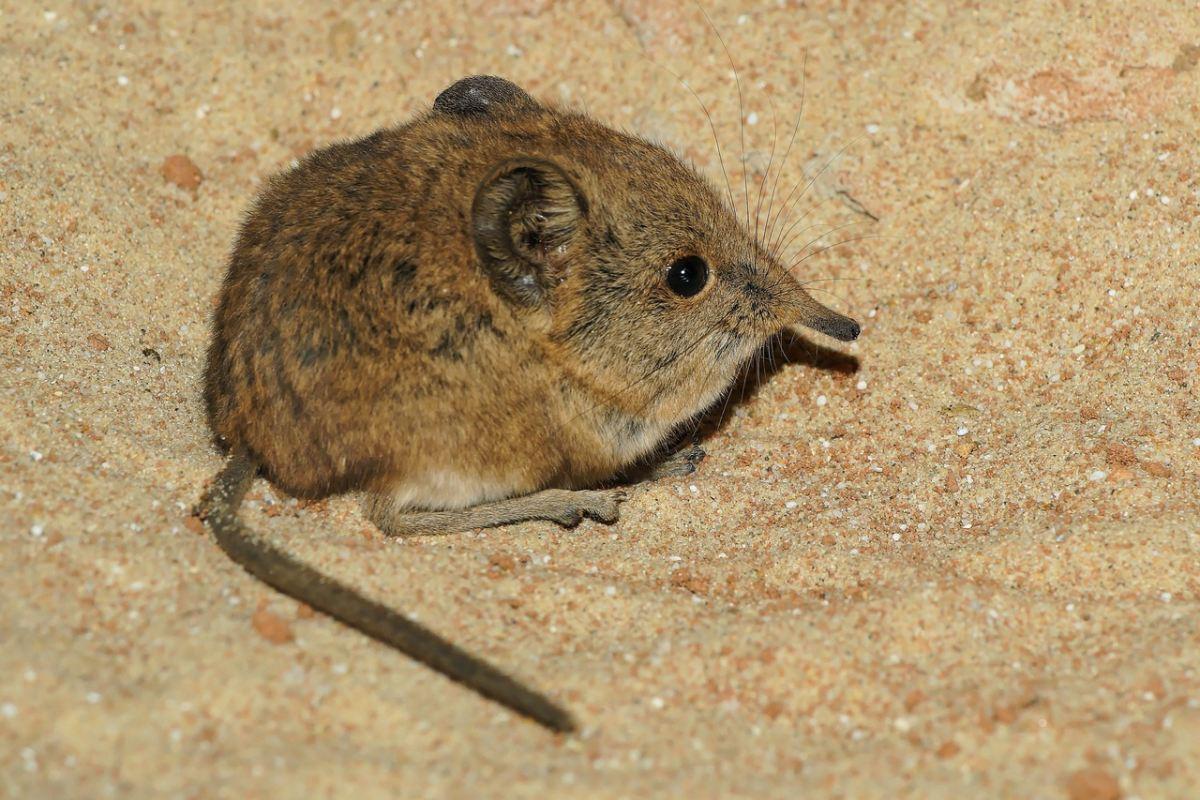
- Name: North African elephant shrew
- Scientific name: Petrosaltator rozeti
- Conservation status:
The North African elephant shrew, also known as the North African sengi, is a species of rodent native to Tunisia, Libya, Algeria, and Morocco as well. Its range is slightly larger than the common gundi’s, and it inhabits the deserts and Mediterranean-type shrubby vegetated lands of Tunisia.
This mammal gives birth to 1 to 4 young twice a year and has a long, flexible snout, characteristic of the elephant shrews.
12. North African hedgehog
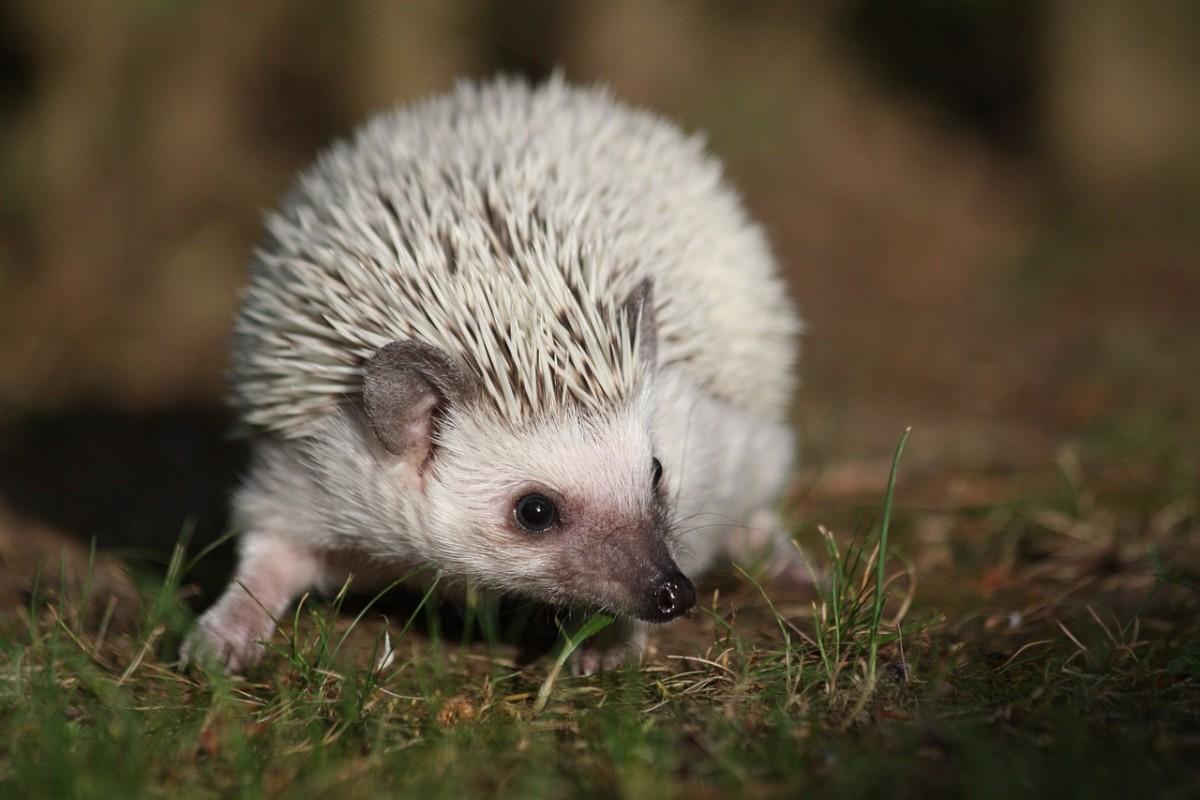
- Name: North African hedgehog
- Scientific name: Atelerix algirus
- Conservation status:
The North African hedgehog, also known as the Algerian hedgehog, is a species of mammal native to Tunisia, Spain, Morocco, Libya, Algeria, and Malta. Although it is one of the most common breeds of domesticated hedgehogs, little is known about this species in the wild.
This hedgehog most likely lives in the Mediterranean conifer areas of Tunisia, and cannot survive in extreme, dry desert conditions. It used to be present in southern France but is now locally extinct.
13. Griffon vulture
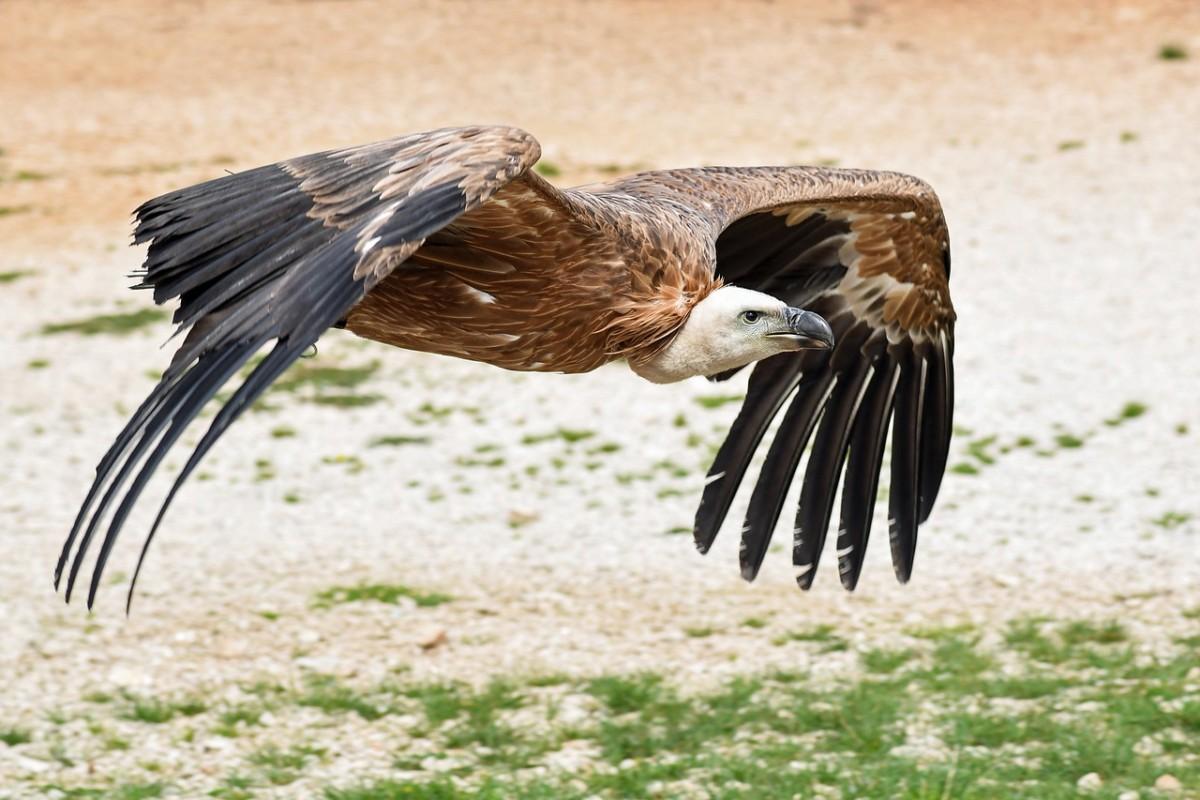
- Name: Griffon vulture
- Scientific name: Gyps fulvus
- Conservation status:
The griffon vulture, also known as the Eurasian griffon, is a large species of Old World vulture native to southwestern Europe, northwestern Africa, the Arabian Peninsula, northeastern Africa, the Middle East, and southwestern Asia.
It is a scavenger, just like other vultures, and it finds the carcasses it feeds on by soaring over the open areas of Tunisia. When feeding on carrion, it grunts and hisses.
—
So there you have them, these were my 13 wild animals in Tunisia. I hope you enjoyed this list and that you learned something new today.
In case you want to learn more about Tunisia wildlife, feel free to keep reading, as I still have lots of things to tell you about:
Endangered Animals of Tunisia
This is definitely the saddest part of the list, but it is very important to raise awareness. Because of this, let’s go through the list of endangered animals in Tunisia.
Here are the animals in danger of extinction in Tunisia.
- Scimitar-horned oryx
- Dama gazelle
- European eel
- Addax
- Sand tiger shark
- Atlantic sturgeon
- and 15 more…
- Little gulper shark
- Slender-horned gazelle
- Egyptian vulture
- Mediterranean monk seal
- Barbary macaque
- and 19 more…
To see the full list of endangered species in Tunisia, head over to the International Union for Conservation of Nature’s Red List.
What is the National Animal of Tunisia?
The national animal of Tunisia is the dromedary.
The dromedary camel is one of the most important animal symbols in all of North Africa, as well as on the Arabian Peninsula. It has been used for thousands of years for transportation through the arid desert of the Sahara, and it is now a widely domesticated animal.
In Tunisia, the dromedary has long been an important part of the culture, and it only has one hump, unlike the camel.
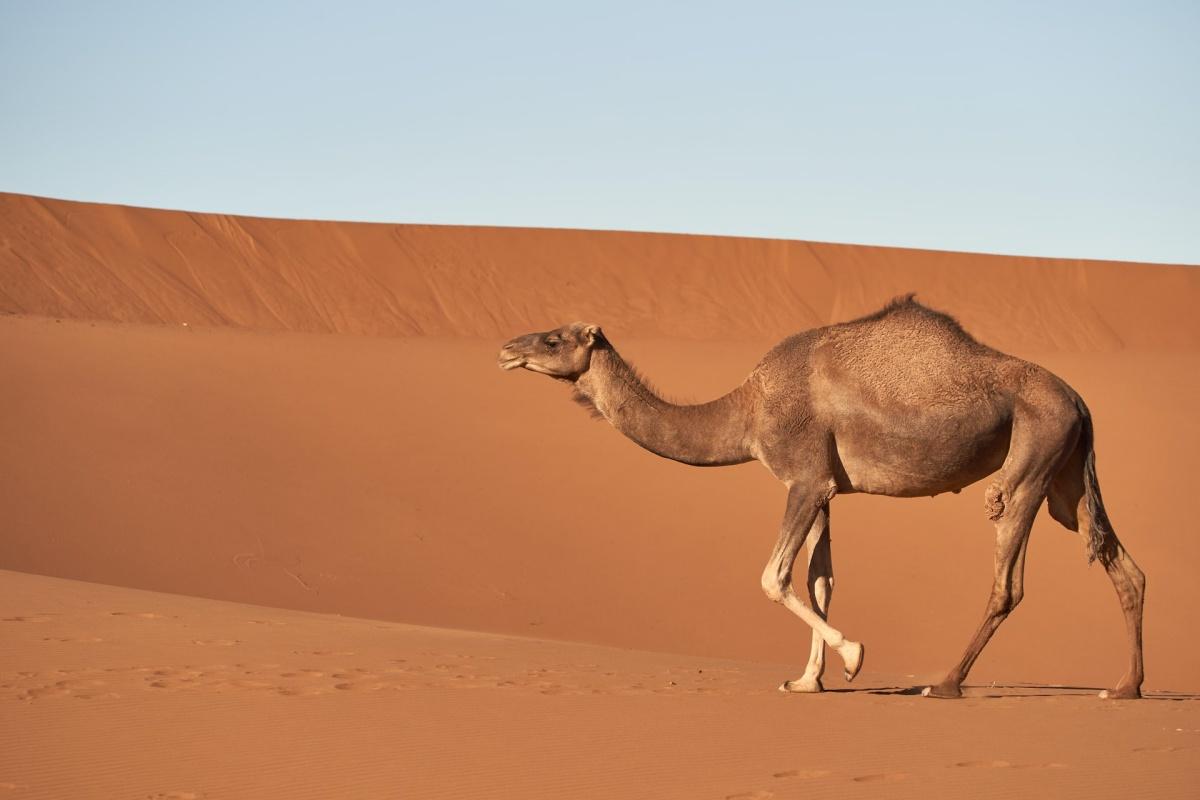
How Many Animals Native to Tunisia?
What is the diversity of native animals in Tunisia?
Let’s look at the total number of species of Chordata (mammals, birds, fishes, and reptiles).
Total number of animal species in Tunisia: 953 (2,967 in total in North Africa)
More About Animals in the World!
Loved these Tunisia animal facts? Want to see what animals live in other countries?
Then check out these posts:
Or click here to see ALL the facts up on the blog! Spoiler alert: there’s A LOT of them.
Share the knowledge! Click on the buttons below to share information about these famous animals in Tunisia with your friends, and help them learn more about the world 🙂
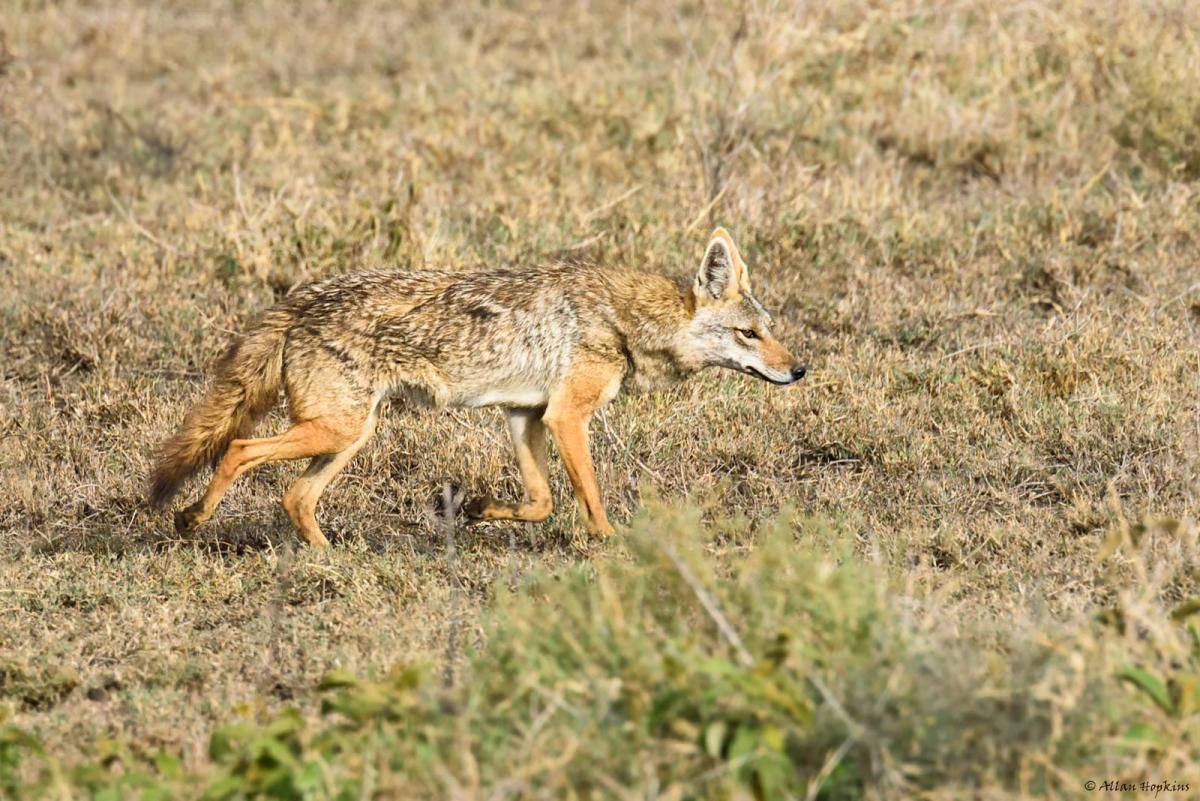
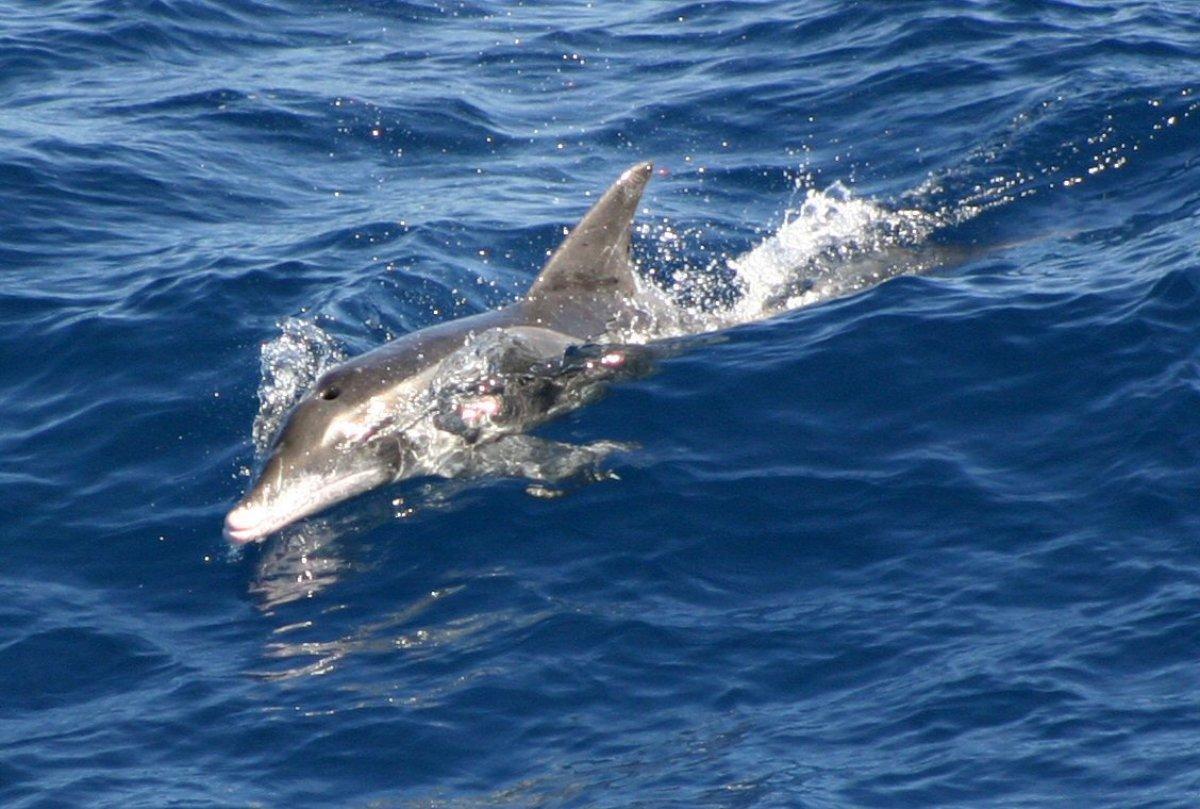

![21 Wild Animals in Hungary [Wildlife in Hungary]](https://www.kevmrc.com/wp-content/uploads/2022/06/21-wild-animals-in-hungary.jpg)
![21 Wild Animals in Switzerland [Wildlife in Switzerland]](https://www.kevmrc.com/wp-content/uploads/2022/11/21-wild-animals-in-switzerland.jpg)
![18 Wild Animals in Luxembourg [Wildlife in Luxembourg]](https://www.kevmrc.com/wp-content/uploads/2022/06/18-wild-animals-in-luxembourg.jpg)